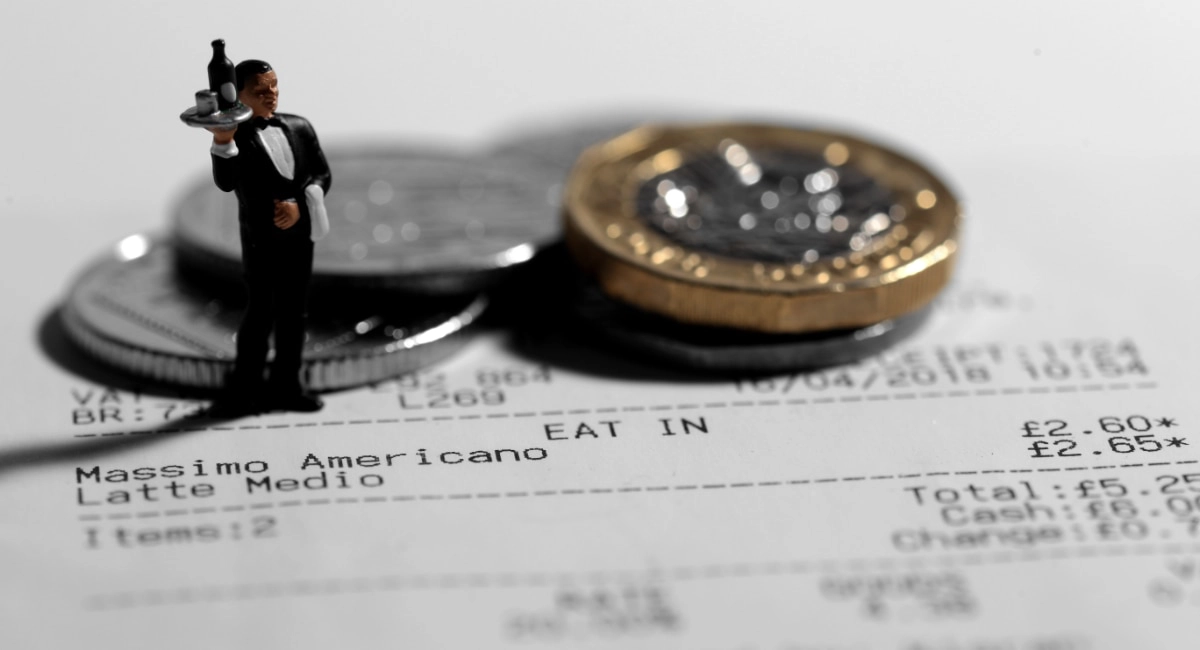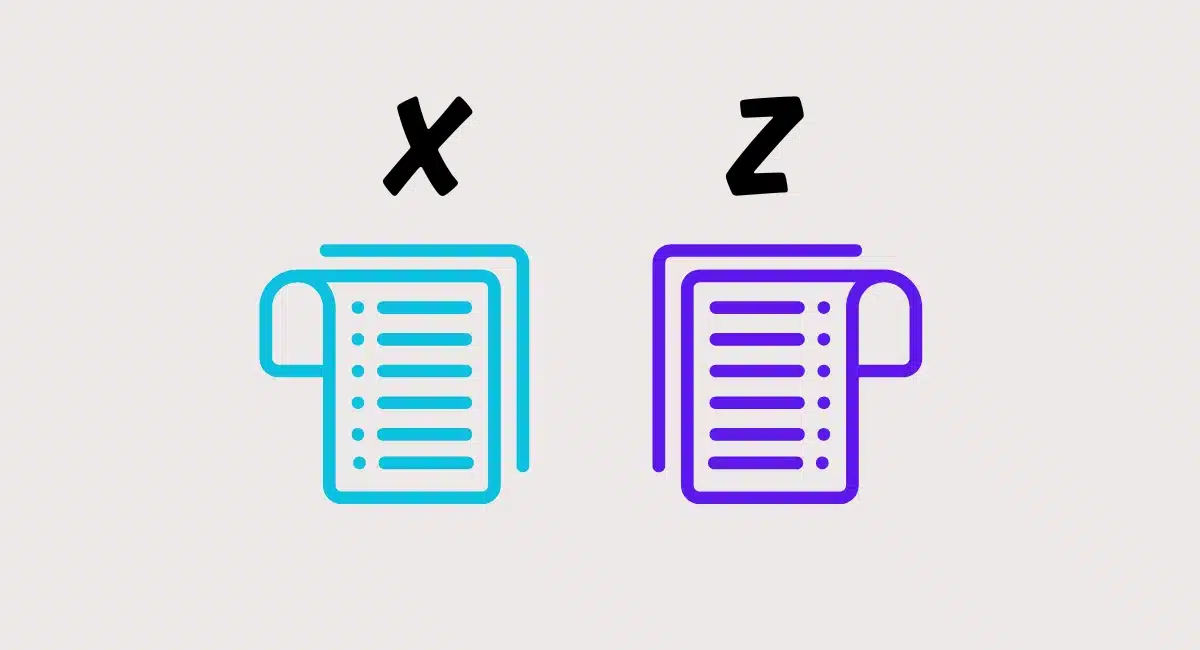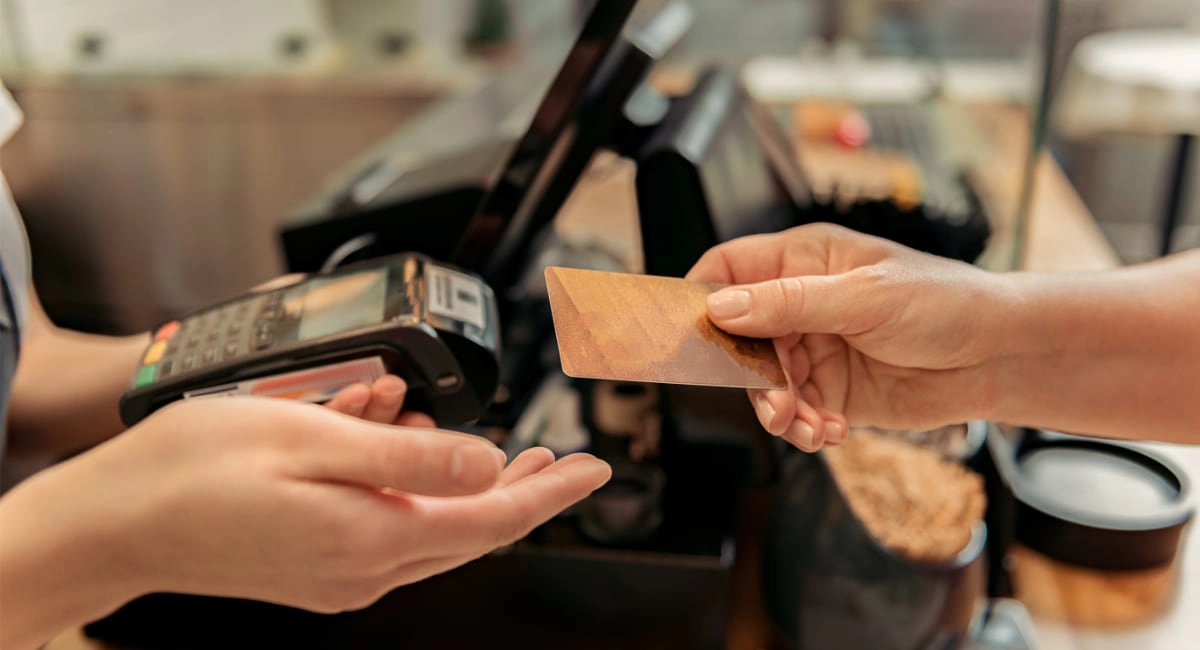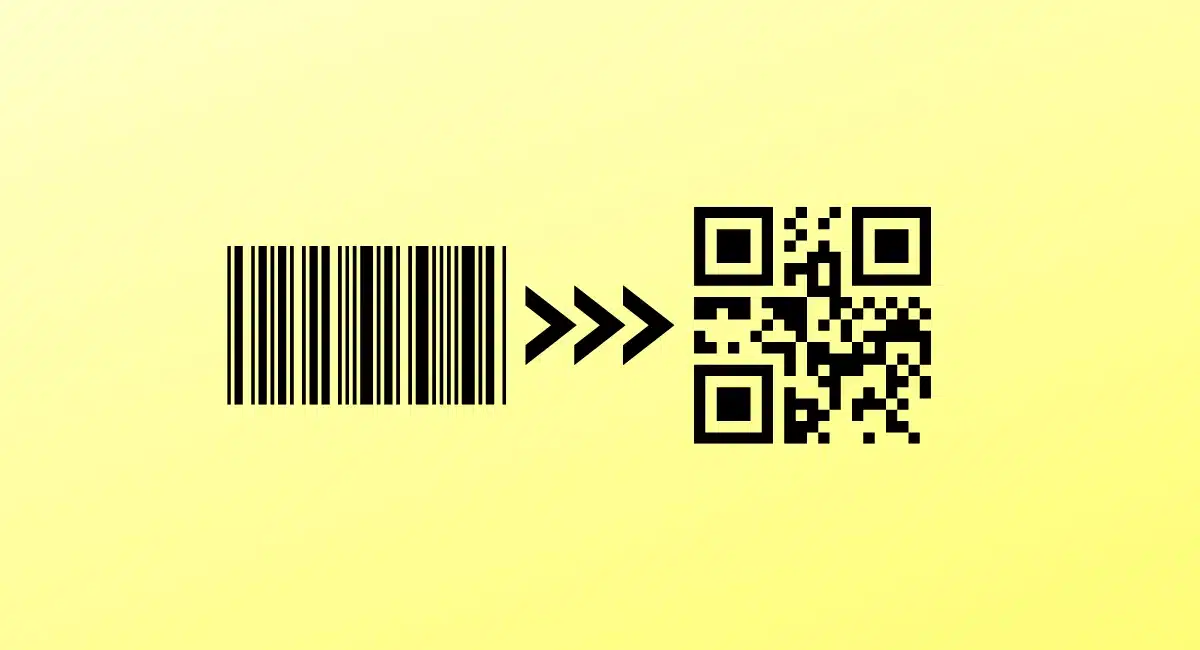In the UK, it is common to see a service charge applied to restaurant, café and bar bills. The charge is often 12.5% of the bill amount in London, but spans between 10% and 20% around the country.
Other food-and-drink places, hotels, taxi drivers and hair salons accept tips, which are not automatically added to the bill. Even so, the latest card machines make it easier to encourage tips more consistently.
Which one should you accept? Let’s look at the differences and things to consider for each.
Difference between service charge and tips
Firstly, what characterises service charges versus tips?
Service charges are imposed on food bills, either as a “discretionary” or “compulsory” fee. They differ accordingly:
- Compulsory service charge: Must be stated to the customer in advance of ordering. The customer can only refuse to pay it if the food or service was poor.
- Discretionary service charge: Can be added to the bill receipt at the end of the meal, but the customer can decide not to pay it in any case.
In both cases, it is a fixed charge added in advance to bills by the business.
Tipping is also a charge for the service, but it is more ‘freestyle’. Tips are completely voluntary in the UK and open to any amount, high or small, or the customary decision to add 10-20% of the bill.
Although voluntary, there is a social expectation to provide a tip in restaurants if no service charge is added. However, if you’re just buying a coffee in a small café or beer at the pub, a tip is rarely expected.
Service charge definition
A charge set by the business for the service received, added to the bill as a compulsory or discretionary fee.
Tip/gratuity definition
An open amount of money voluntarily given to someone as a reward for their service.
Is there a difference between gratuity and tip? Some say gratuities are usually paid by card in addition to the bill amount (on top of a service charge), while tips are often paid in cash. This distinction is outdated now that card machines routinely ask for a tip at the point of payment, so arguably they’re the same thing.
Alternatively, some businesses impose a cover charge, which is a fixed amount payable by the customer.
Which should you accept?
The choice between service charge and tipping is really up to you, but the one you choose should adhere to the associated tax, VAT and National Insurance rules laid out by HMRC.
Some customers find it easier to deal with service charges because they don’t have to decide what amount tip is fair – it is decided for them. Others would rather not be forced an amount on their bill, in which case a tipping system would be better.
For the business, the choice between tipping and service charging also depends on the system preferred for the point of sale, accounting and staff wages. For example, you may choose tipping-only which goes straight to the employee’s pockets, and only pay staff minimum wage, or accept compulsory service charges, in which case this can go to a higher hourly pay that is stable for everyone.

A clear tipping policy is necessary, especially if you’re pooling gratuities in one pot (i.e. ‘tronc’).
The percentage of a service charge is also worthy of consideration. For example, in cities where food is already expensive, adding 20% to the bill could seem a bit over the top for those who already feel they are splurging on a fancy meal out. A fee around 10%-15% is arguably less problematic for customers, while a higher fee is better for places where customers go more for the experience or quality of service than the food or drink.
Whichever way you’re paid for customer service, any organised establishment should have clear guidelines for how the money is distributed amongst staff.
Payment setup can limit options
Not all point of sale systems can add a service charge, but nearly all can add tips.
What’s more, most of the now-widespread touchscreen card machines can show suggested tipping amounts at the point of payment. These can be prefixed (e.g. 10%, 12.5%, 20%) or open amounts. But this feature is not the same as a service charge, since it is displayed as a “tip” and can always be rejected by the cardholder.
To put this in perspective, if a small business isn’t using a POS system advanced enough to accept a compulsory or discretionary service charge, they may only be able to accept tips. That would also be the case if the merchant only used a card machine with tipping.
The rise of card machines with tipping has also made it more common for merchants to have more control over the tipping amounts received. If the card terminal lets you decide which percentages or pound amounts are suggested as a tip on the terminal, the customer is more likely to pick one of those – whether they are higher or lower than what they would’ve chosen themselves.
So consider what EPOS system and card machine you have in place and how this fits with your tipping strategy.
What about accepting both?
What if you accept service charge – can you then accept tips too? The short answer is yes – in fact, this is common. Some customers add money on top of the service charge, in which case the surplus is seen as a voluntary tip separate from the service charge.
To maximise the overall amount given for the service, you could choose to add a smaller-than-average service charge of, say, 10%. With such a “base” charge, customers may be more inclined to add a small tip in cash or by card. The total amount of the two is likely higher than if the customer only paid a voluntary tip.
Even if you don’t encourage tipping with a service charge, you still need a clear policy at the workplace in case employees receive gratuities separately. If a voluntary amount is added to a card payment, it is the employer’s responsibility to process this in accordance with HMRC and internal policies.




